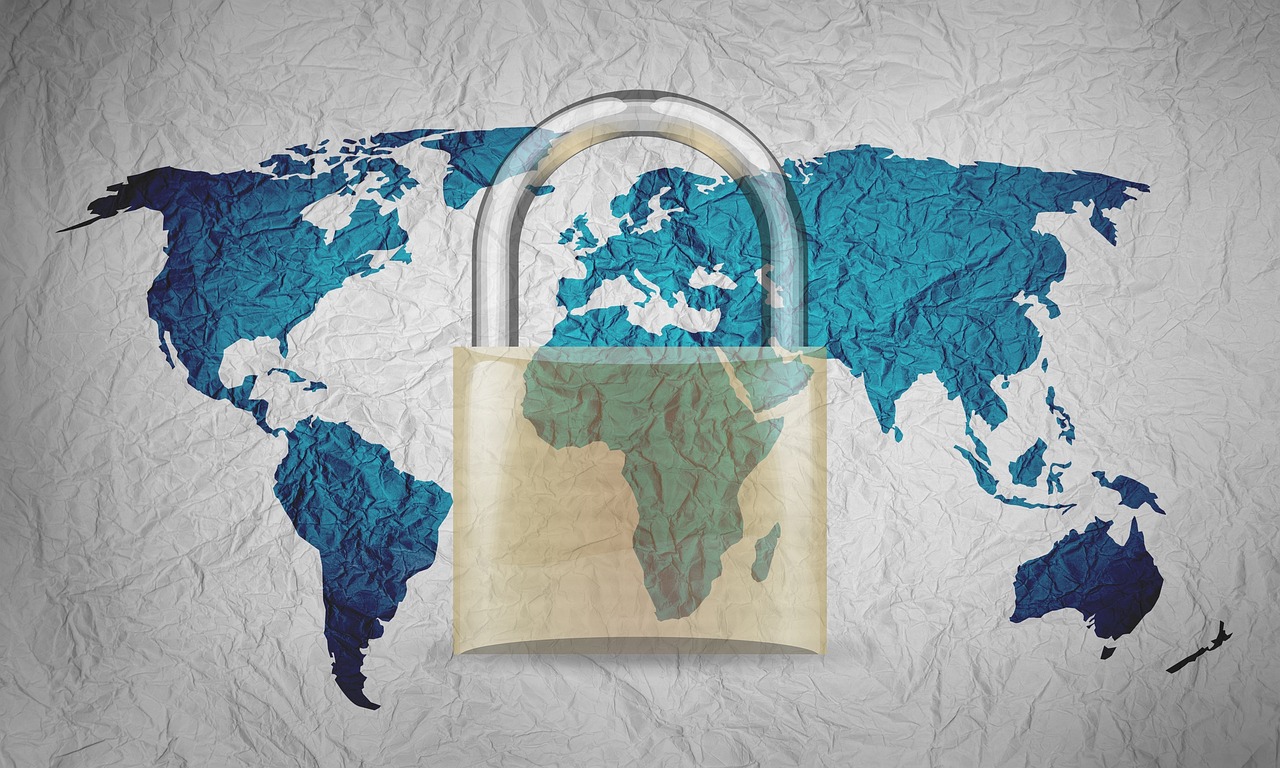
What’s the Scoop on AI Regulation
Alright folks, let’s dive into the buzzing world of artificial intelligence regulation, particularly the European Union’s freshly minted General-Purpose AI (GPAI) Code of Practice. This isn’t just another bureaucratic move—it’s a pivotal step that could reshape how AI technologies are developed and deployed across the globe. With the recent approval of this code, which comes into effect imminently on August 2nd, there’s a lot to unpack about what this means for AI developers, users, and society at large. So here’s the deal: the EU’s AI Act has been a hot topic, aimed at ensuring that AI systems are safe, transparent, and compliant with the law. The GPAI Code of Practice, developed with input from nearly 1, 000 stakeholders—including model developers, AI safety experts, and civil society organizations—sets out a voluntary framework that aims to protect users and promote responsible innovation. Now, that sounds great on paper, but what does it actually mean in practice?
The Nuts and Bolts of Compliance
Now, let’s cut to the chase—what do developers need to do?
Compliance with this code means that developers of powerful AI models, like ChatGPT and Claude, must provide thorough documentation about their models. We’re talking everything from model capabilities to potential risks. This isn’t just a formality; it’s about making sure everyone, from regulators to end-users, knows what they’re dealing with. To make it easier for everyone involved, the code emphasizes transparency. Developers are required to keep their documentation up to date and share relevant information with both the AI Office and national regulators. The whole idea is to ensure that these powerful tools don’t just run wild without oversight. You’ll want to know that the tech you’re using isn’t a ticking time bomb of risk, right?

Safety First, People
And here’s where it gets even more interesting—safety and security are front and center in this newly minted code. The GPAI Code requires developers to take serious steps to evaluate and mitigate risks associated with their models. It’s not just about having a fancy algorithm; it’s about ensuring that what you’re deploying won’t cause harm. This includes conducting evaluations, reporting incidents, and ensuring robust cybersecurity measures are in place. But let’s be honest, is that enough?
The reality is that AI evolves at lightning speed, and keeping up with potential risks is a tall order. Independent assessments are mandatory for some models, which should help boost trust in the AI landscape. It’s about building a culture of accountability, and that’s something we can all get behind.





Stakeholder Feedback Matters
One of the standout aspects of the GPAI Code is the dedication to a multistakeholder approach throughout its development. Feedback from various sectors has been seriously incorporated, enhancing its robustness. The code isn’t set in stone; there’s room for growth and adjustment as we learn more about AI technologies and their impacts. But let’s not sugarcoat it—there are still gaps. For instance, while the code lays down a solid foundation, it could use sharper guidance on identifying systemic risks and a clearer framework for external evaluations. As AI technology continues to advance, the code will need regular updates to keep pace with the changing landscape. This isn’t just a “set it and forget it” situation; we need ongoing vigilance.

Why Should You Care
So, what’s the big takeaway here?
The GPAI Code of Practice is a critical step in establishing a safer, more transparent AI ecosystem—one that prioritizes the rights and safety of citizens. As governments worldwide scramble to catch up with the rapid advancements in AI, frameworks like this could serve as a benchmark for responsible innovation. And let’s face it, in an age where we’re seeing everything from AI-generated art to deepfakes, the need for regulation is more pressing than ever. If we want to harness the power of AI without facing catastrophic consequences, we need guidelines that hold developers accountable and protect users.

Looking Ahead
As we look to the future, it’s clear that the conversation around AI regulation isn’t going away anytime soon. Stakeholders are ready to keep pushing for better standards, transparency, and safety measures. The world of AI is like a rollercoaster ride—thrilling, but unless you’re strapped in, you might just fly off the rails. So here’s the bottom line: we’re at a crossroads in AI governance, and the decisions made today will shape the landscape of tomorrow. The EU’s efforts mark a significant milestone, and it’s crucial that we all stay engaged in this dialogue—after all, it’s our digital future that’s at stake. Stay tuned for more updates, and don’t forget to keep the conversation going. We’ve got a lot to unpack, and together, we can navigate these uncharted waters.




